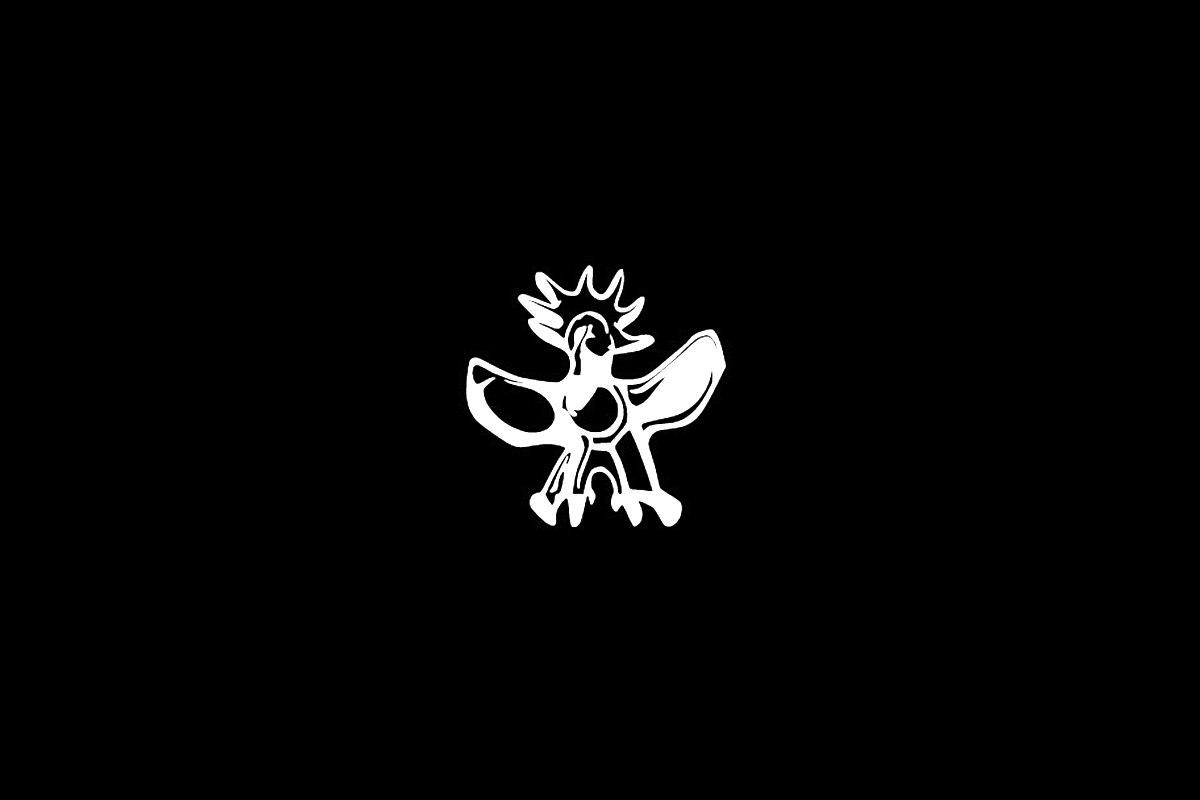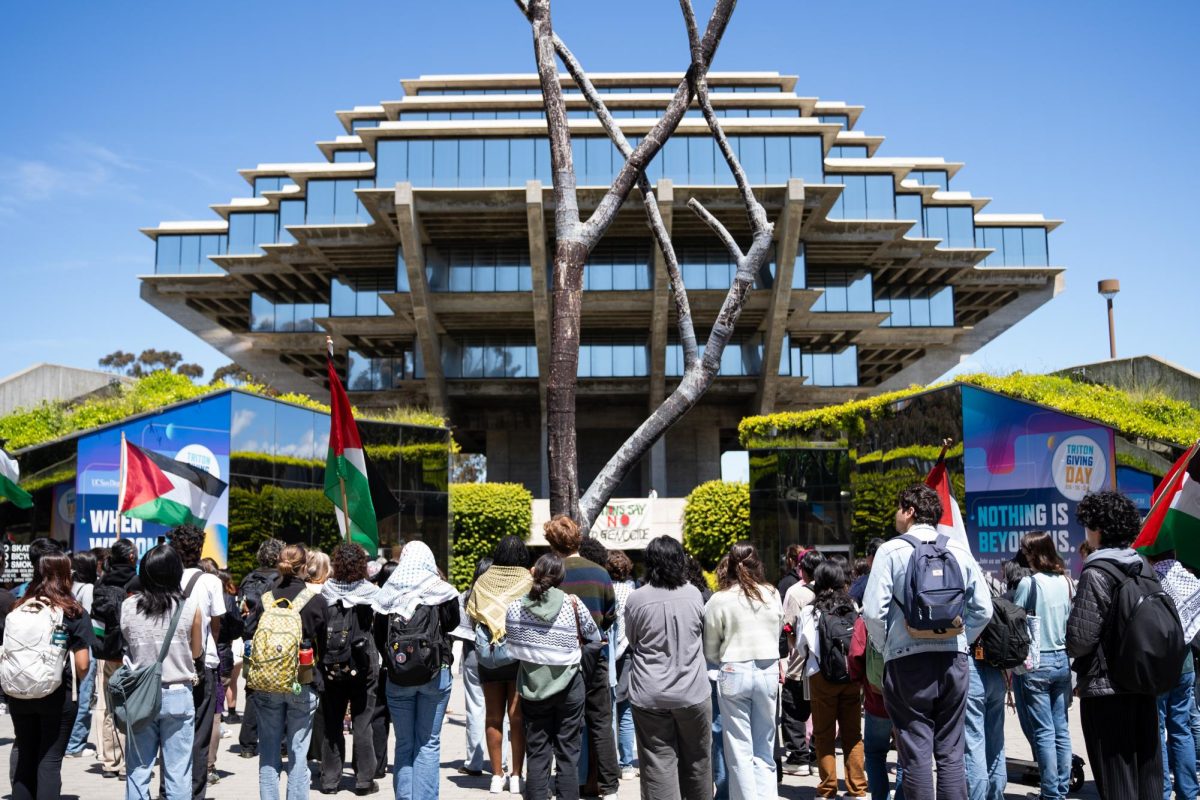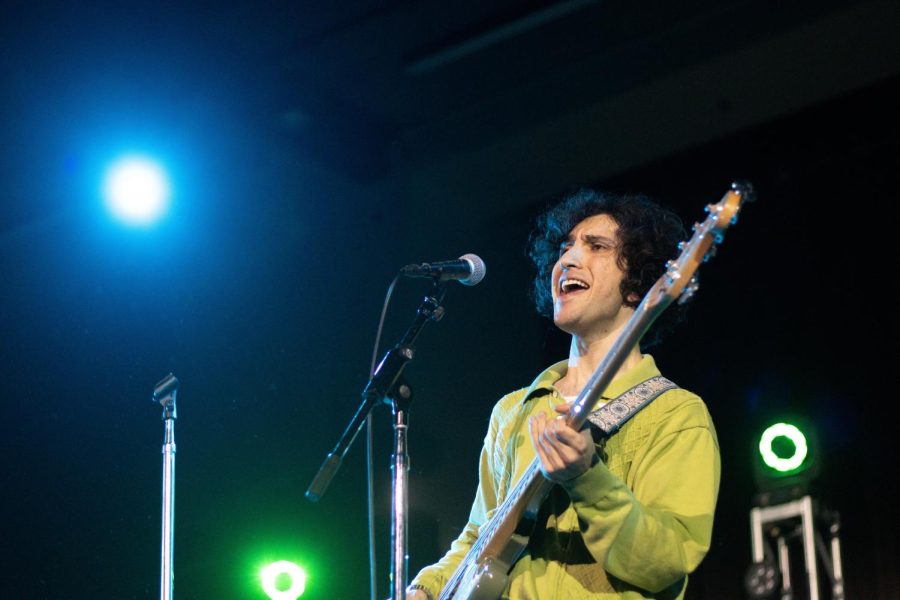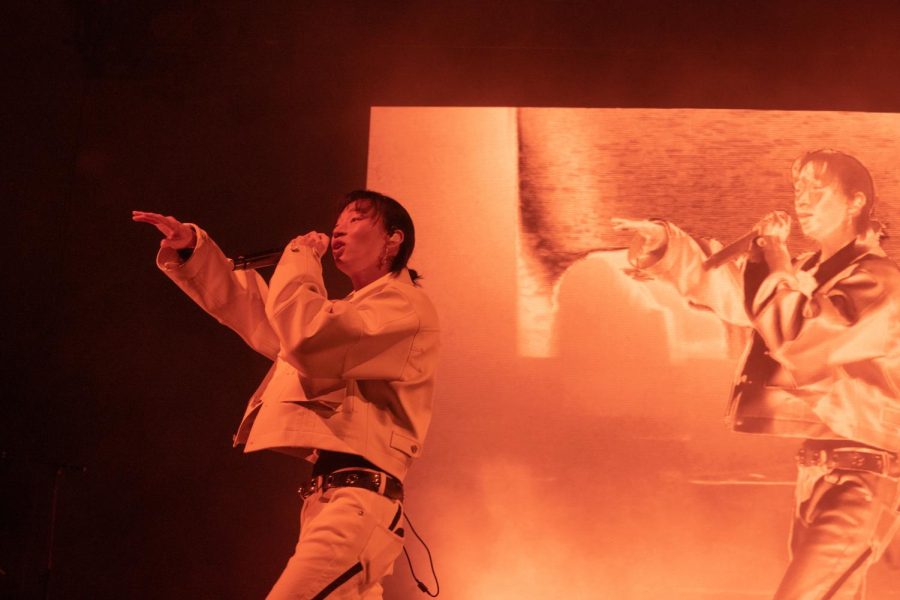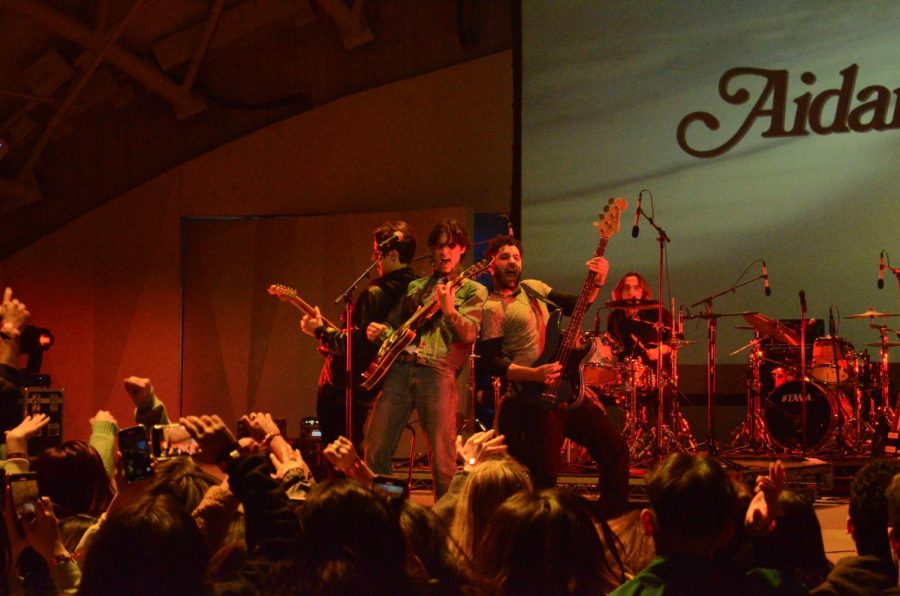A benefactor gave me a book called “”Landmarks”” fall quarter that documents Stuart Collection art pieces at UCSD.
What strikes me as interesting is not necessarily the book itself, but the fact that one of the few books about UCSD tailored for popular consumption is about things that only exist in the present — pieces of artwork fixed in the here and now.
The book does document the history of the art pieces and their installation, but history is something that seems to be lacking as whole at UCSD.
It strikes me as interesting that so much of “”Landmarks,”” and indeed whatever literature that exists about UCSD in the bookstore or in academic departments, is not about the past, it’s about the constituent materials of the present: the lead plates that make up the “”Talking Tree””; the “”father of bioengineering”” who researches at UCSD — now; the stone blocks on which “”UNDA”” was carved; UCSD’s home page, tracking all the newest discoveries.
The book has beautiful color plates of Bruce Nauman’s “”Vices and Virtues,”” more popularly known as “”those neon signs on top of the earthquake building.”” While their primary motive is to make a statement of moral ambiguity, I find the simple flashing neon lights of human sins and virtues an emotional metaphor for the way this university often operates.
Emotions, good and evil, flash in the dark, unambiguous and sanitized. We know what’s right and what’s wrong. We want to show the world we have the best bioengineering department at any university. We say we know that passing out newspapers mocking the death of a little girl is wrong. Unambiguousness flashes in the dark of good and evil.
The only acknowledgment of our past comes from a wall showcasing one event per year in the Price Center Ballroom lobby. Where are the stories of the National Guardsmen lined up across the street from our school, ready to clobber student protesters? Where are the stories of students jumping up and down on the roof of a judicial hearing of a student protesting Vietnam? Why have two people burned themselves to death in Revelle quad, and the events remain a rumor to most UCSD students?
I wonder if there is some fundamental insecurity in the omission of history, in the lack of a book about UCSD’s history.
The grown-ups at this school don’t refer to the past; in fact, they dismiss it: “”We’re only 40 years old”” is a common retort to the problems this school faces in prestige and funding.
Like a teen-ager who distances himself from his parents because they remind him of what he is trying to grow apart from, this school seems to distance itself from its often turbulent past. And like that same teen-ager, it tries to distance itself because it fears and knows that those same emotions, those same unsanitary, gritty and unambiguous problems still exist: undergraduate apathy, lack of undergraduate housing, social and sexual frustration.
It seems strange but indicative that UCSD’s cure to the problem of misogyny in a society that encourages people to defy stereotypes and be individuals is to make the pitch to males that they should not practice misogynistic behavior simply because a majority of other males do not. Perhaps we have even lost our bearings of how to argue the moral high ground and instead argue by conformity.
There are two interesting Stuart works that stand as a contrast by virtue of their willingness to argue morality and their simple placement.
The first is an unmarked drinking fountain by Michael Asher right in the middle of campus next to the flagpole. It is utilitarian without a message.
Then there is Jenny Holzer’s “”Green Table,”” buried under some trees in a corner of Muir, invisible at night. Shoved into a corner of UCSD, it is covered all over with provocative aphorisms. As a table, it is utilitarian, but it is likewise carved with sayings such as, “”What impulse will save us now that sex won’t?”” and “”Change is valuable when the oppressed become tyrants.””
A provost remarked to me that the reason this school has so many problems with undergraduate life and participation is that the focus never was on undergraduates.
A lot of old men set out 40 years ago to start a prestigious research university. Think for a second what the fruits of research imply: unblemished scientific truths. Open to debate, yes. Open to emotion, certainly not (unless emotion is your brand of science).
And in spite of the fact that UCSD is one of the top research universities in the world by any measure — be it faculty, federal grant funding or size — there’s still something wrong. People do not mention us in the same breath as UC Berkeley or University of Virginia. Everybody keeps blaming it on our relative youth: our “”lack of a past.””
So, we sanitize. We publish a book showing the world that we have great artistic culture with deep and optimistic meanings on this campus.
We bury the controversial aphorisms and present to the world the practical fruits of our labor: gene sequences, nanomachines and sensor networks.
We call ourselves a campus that has all the trappings of any of the great research universities of America without any of the history.
And we tell ourselves that our problems with undergraduates are growing pains.
Perhaps undergraduates cannot be sanitized. You cannot separate their academic, social and private lives: They live and interact on this campus. They are the blood cells of the university, unlike the graduate students and professors for whom this place is a steady job.
The undergraduates, by nature, form the emotions of this university — its past and its future. They cannot be treated as binary flashes in the dark of good or bad. Their performance indicators are rather more complex.
For example, one could look into a suite of freshman girls and see two engineering majors, three biology majors (two of whom have nearly perfect GPAs and are well on their way to becoming doctors), a literature major who recently won a nationwide poetry contest and a psych major who does research in an on-campus lab.
One can look into that same suite and find persistent and horribly damaging self-image problems, anorexia and self-mutilation. Perfect academic records and self-damage can coexist quite normally — a paradox by which this university seems repulsed.
The problem, like this article, is ill-defined and incoherent; but it exists. And I’m sure many undergraduates would agree: Something’s wrong here. Something is dead.
You can sense it in the apathy of the student body, the relative obscurity of UCSD and the lack of school pride.
We have tried to cleanse ourselves into a perfect, unemotional research university, and somewhere along the way, we lost the undergraduates and our sense of history. I argue that a sense of history and the undergraduate populace are two things intimately linked at any university.
“”Landmarks”” perceives a statue of a naked female with water flowing through her wrists installed in the middle of the UCSD School of Medicine as an optimistic reminder to the future doctors of their responsibilities as caretakers of the human body.
I see a girl tortured by tiny pins, naked in the middle of a pristine academic institution — and silently bleeding from her wrists, forever.


